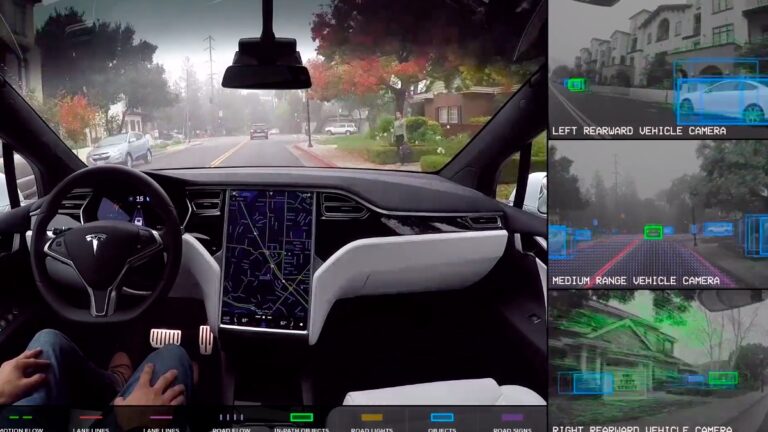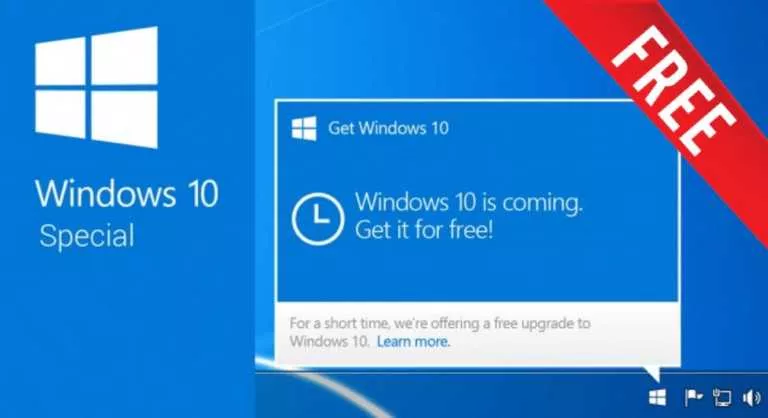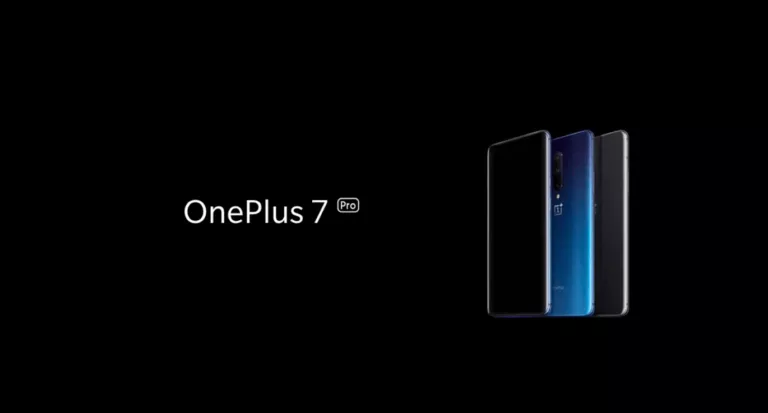6 Smartphone Myths You Should Never Believe
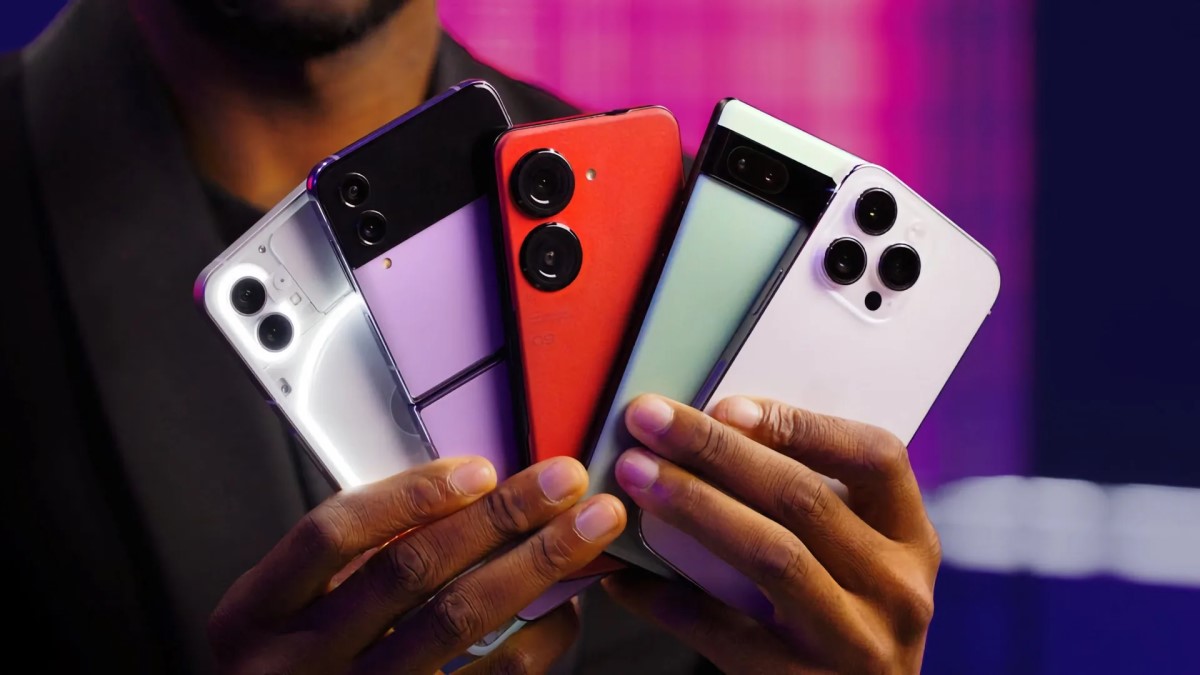
Despite smartphones being around for over a decade, myths and fake information about these devices are still a common phenomenon on platforms like Facebook and TikTok, where people pretending to be smartphone experts will blatantly spread lies. And although most of these myths are not harmful, others could be a threat to your privacy and security. Here are six smartphone myths you should never believe in.
1. 5G is harmful to your health
Ever since 5G expanded to all countries and smartphones, there have always been myths about how the radiation emitted by the millimeter waves is dangerous to human health. However, some might wonder where this belief even comes from. While there are many places where this theory could have come from, the origin reportedly traces back to a 2017 study suggesting a link between 5G and cancer due to its categorization under ionizing radiation.
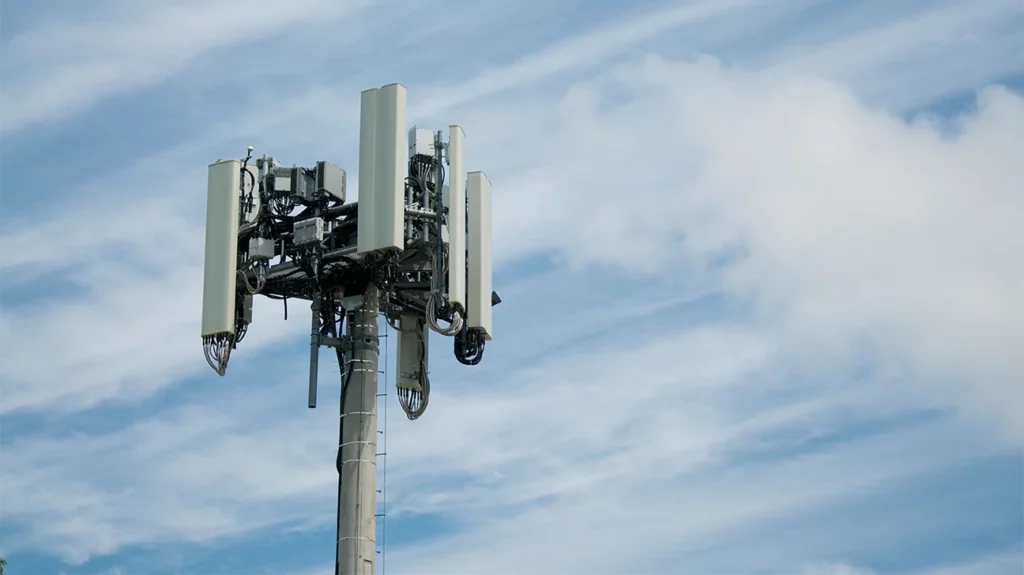
However, the World Health Organization (WHO) reassures us that 5G, operating between 24.25 GHz to 52.6 GHz, poses no danger to humans since the frequency is significantly below the level where ionization, and thus harm, occurs.
But despite these assurances, some experts raise concerns about the absence of comprehensive studies, especially regarding densely populated areas or prolonged exposure scenarios.
2. Virtual RAM increases performance
The concept of virtual RAM is no secret in the PC world, where companies like Apple use a part of their SSD to store temporary data in cases where the RAM is already full. However, the same cannot be said for the smartphone world, where the concept has evolved into something of a marketing gimmick.

To put things into perspective, it is important to understand the different types of storage and how memory management works. In a smartphone, there are three types of storage: RAM, zRAM (a partition within RAM, storing compressed data), and normal storage. Therefore, when you open an app on your phone and close it for some time, the device stores the data on RAM, with a process known as paging.
Paging, as the name suggests, divides the RAM into small pages, typically 4KB each, to store data. While RAM is usually sufficient for storing data, in certain instances, the system may also utilize zRAM to compress your apps.
For example, suppose you have many apps using the device’s RAM, and you open YouTube to play a song in the background. Recognizing the limited available RAM space, the Android system will automatically compress this app and store it in the zRAM, ensuring that functionality is not compromised.
Where does virtual RAM come in?
According to various smartphone manufacturers, virtual RAM enables the Android system to convert a portion of storage for use as zRAM. While this feature might seem beneficial for enhancing performance, smartphone storage is considerably slower than RAM. Furthermore, on smartphones, virtual RAM can impact the lifespan of the storage as it isn’t designed for rapid read and write operations.
3. NameDrop isn’t secure
In the new iOS 17 update, Apple introduced a new feature called NameDrop, allowing users to easily share their contact information with others. However, multiple reports from several US police departments suggested that this feature posed a security risk by automatically sharing a user’s contact information when two phones are nearby. While this statement holds some truth as NameDrop functions similarly to AirDrop, the claim that it freely sends contact information to anyone nearby is false.
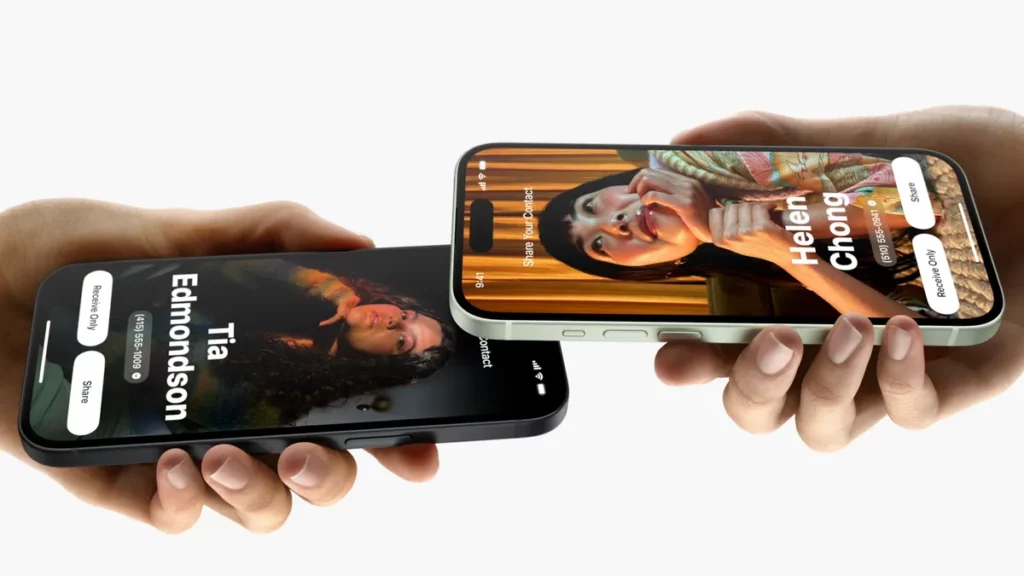
This is because the feature requires a user’s consent before sending their information. Moreover, unlike AirDrop, which can transmit data within a 30-ft range, NameDrop operates only when two phones are physically close to each other.
4. You should let your battery drain fully before charging
This myth originated from the era of nickel-cadmium (NiCad) batteries, where it was believed that these batteries developed a ‘memory’ and needed complete discharge to reverse the effect. However, this principle doesn’t apply to lithium-ion batteries, which power most modern devices. Fully discharging a lithium-ion battery is detrimental because the ions that fuel the battery degrade at both extremes—fully discharged and fully charged.
As a result, it’s advisable to maintain your device’s battery levels between 20% and 80% to ensure its longevity. Additionally, if you plan to decommission a device, it’s best to charge it to around 50% before shutting it down.
5. iPhones are more secure than Android
In this day and age, where threat actors have ramped up their efforts to gain unauthorized access to our devices, the choice between operating systems (OS) might seem crucial since there’s a longstanding belief that iOS is more secure than Android, but in reality, both OSes face similar security exploits.
However, some argue that Apple’s granular control over its ecosystem contributes to better security, which is true to some extent. However, recent moves by the EU to force Apple to open its ecosystem to third-party developers could disrupt this advantage, potentially leveling the security field. As a result, there isn’t a definitive ‘right’ OS to choose from, and safeguarding against such threats is only possible by using the right tools and practices.
6. Apple intentionally slows down your iPhone after a new one comes out
The saga surrounding Apple intentionally slowing down phones emerged in 2017. During a routine iOS update, users noticed a decrease in their phone’s speed, sparking widespread speculation that Apple was deliberately slowing down older devices. This revelation not only spread rapidly but also led to multiple lawsuits.
However, according to Apple, they did not intentionally throttle their phone’s performance. Instead, the company aimed to alleviate the strain on aging batteries by limiting peak performance to prevent sudden shutdowns. While this reasoning aligns with the natural degradation of batteries over time, the fact that Apple made these measures without public disclosure exacerbated the situation.
Ultimately, Apple introduced a new Battery Health metric on iPhones and began providing clear instructions regarding degraded battery conditions and the phone’s potential for achieving peak performance.

